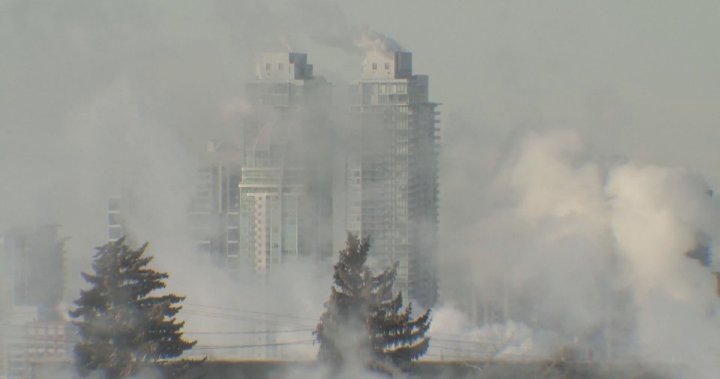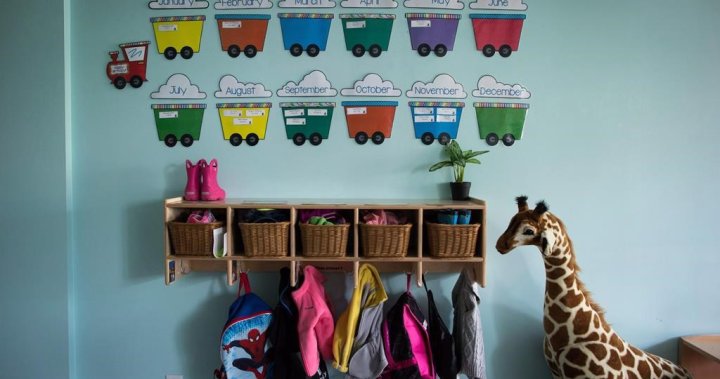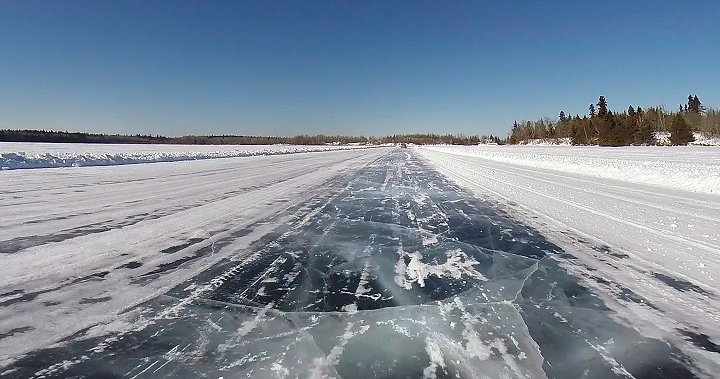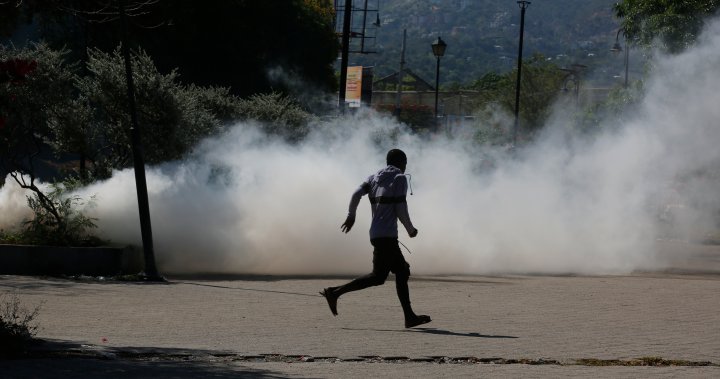The emergency alert that Albertans received on Saturday night shows how much work is going to be needed to adapt to future demand according to Alberta’s utilities minister and electricity experts.
The alert, issued by the Alberta Electric System Operator (AESO), urged Albertans to reduce electricity usage to essentials only to prevent rotating outages. The alert came a few hours after AESO declared a grid alert due to extreme cold, high demand and low imports.
On Sunday afternoon, AESO declared another grid alert for the third day in a row, asking Albertans to reduce electricity to essential use only.
“We were concerned at one point that we were going to run out of emergency reserves and have to go to rotating outages,” said Leif Sollid communication manager for Alberta Electric System Operator.
He said the last time Alberta saw rotating outages was during the floods of 2013.
There was a significant drop in electricity demand almost immediately after the alert was issued. It was ended about two hours later
“I am tremendously proud of Albertans and very grateful that so many stepped up at a time of need,” said Nathan Neudorf, Alberta’s minister of affordability and utilities.
Alberta was receiving electricity from B.C., Saskatchewan and Montana on Saturday night but BC’s ability to export was curtailed.
“They were in a real crunch. The Pacific Northwest was in a real crunch. We were in a real crunch. Everybody was chasing the same electrons in our region and we got just enough,” said University of Alberta energy economist Andrew Leach.
Get the latest National news.
Sent to your email, every day.
Several power plants were offline either because of planned maintenance or because of the extreme weather.
Tim Weis is an industrial professor with the Faculty of Engineering at the University of Alberta.
He says demand is growing in Alberta and supply hasn’t quite caught up at this stage of the game.
“We saw not just last night, but we saw that with really high prices in the summer as well. We are a bit under-supplied right now, but that will likely work itself out in the next few months as some of these new plants come online,” Weis said.
“We are moving into a new world. We’re not the only ones facing some of these challenges. I think we’re a little bit behind responding in terms of dispatchable demand and allowing consumers the opportunity to automatically respond to some of these things,” Weis said.
Neudorf said Alberta has learned that there is a need for dispatchable generation.
“We are looking at our entire system to make sure that we have that stability and reliability. We have a lot of work to do to make our system more efficient and optimize the generation that we have,” Neudorf said on Sunday.
“We are seeing that demand go up so being able to manage that and work collaboratively for emergency situations is becoming much more critical,” Neudorf said.
A spokesperson for the Alberta Electric System Operator says two new plants coming online this year will help.
“We’re going to be a much better shape a year from now even several months from now will be in better shape,” said Leif Sollid.
“Very small increases in demand year over year, nothing dramatic, but the supply is going up very significantly. That will help us certainly in situations like this with additional supply even when plants go offline we will have more to fall back on. It’s going to be better for the power system moving forward,” Sollid said.
“When Suncor comes on with its expansion, and then power with Genesee one and two, we are going to be back for a while where the market is sort of over-supplied with electricity, and that’s the nature of our market,” Leach said.
Leach said the close call shows how challenging the energy transition is going to be in Alberta.
“Rolling blackouts are never a good thing but when it’s -37 C or -45 C wherever you are in Alberta where it was really cold that’s a different ball game. I think we were close enough last night to a potential disaster and we don’t want to be back there,” Leach said.
Weis says the system that we’re looking at in the future is going to be different than the one we’ve had in the past.
“I think we need to wrestle with that and realize that we are moving into a world where there’s going to be more electrical demands on the system whether. We are going to need more flexibility in the system,”
He says building more storage is going to be one of the things that will help.
“It’s not the only thing – it’s going to be interties, storage, and peaking capacity. Those are going to be the things we need and right now and we are a bit behind on most of those,” Weis said.
© 2024 Global News, a division of Corus Entertainment Inc.




